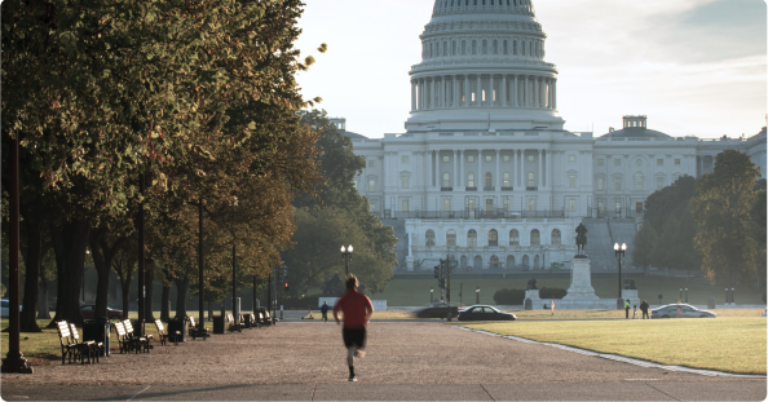
BBA competition in the House can rebuild broad support
Aug 20, 2025 by Kurt Couchman
The House of Representatives will soon vote on a balanced budget amendment (BBA) to the U.S. Constitution, according to statements on the passage of the One Big Beautiful Bill Act.
A constitutional amendment typically needs support from two-thirds of both houses of Congress and three-fourths of state legislatures. The bare minimum to pass Congress would be all Republicans and at least 14 Senate Democrats and 70 House Democrats. Ideally, of course, an amendment proposal would have much more appeal.
Congress has only voted on BBAs with substantial flaws. Several new versions are much improved, especially Rep. Nathaniel Moran’s Principles-based BBA and Chairman Jodey Arrington’s Business Cycle BBA.
Competition between BBAs on the floor can start to rebuild bipartisan consensus that a balance rule makes sense and which approaches are most attractive. For example, a “queen of the hill” rule makes the most popular substitute amendment the text for final passage. That rule helped the House approve a BBA, even one with flaws, in 1995.
The House approved a BBA in 1995 with a 300-132 vote. How?
- A high interest-expense-to-revenue ratio gave urgency to controlling the federal debt burden.
- Bipartisan cooperation in Congress on BBAs had existed since the 1930s.
- Congress had more than a decade’s worth of experience on reducing deficits in partnership with Presidents Reagan, Bush, and Clinton.
- The Contract with America called for a BBA. The Contract was an important part of Republicans winning congressional majorities after decades in the minority.
- The House and Senate Judiciary Committees conducted robust markups, although not all proposed amendments were considered.
- The House floor process used a queen-of-the-hill rule for substitute amendments to H.J.Res.1 (104th Congress): 1) first, a conservative BBA, 2) then, four progressive BBAs, and 3) finally, the bipartisan Stenholm-Schaefer BBA. 72 Democrats backed the Stenholm-Schaefer BBA as a substitute amendment and on final passage, and all but 2 Republicans voted for it on final passage.
The lessons of 1995 have implications for 2025.
- Votes for multiple BBAs let members express their ideal preferences on various features while also supporting the most politically viable version.
- Deep bipartisan trust overcame design flaws in the Stenholm-Schaeffer BBA. Bipartisan BBA cooperation is more rare today, but better-designed BBAs and renewed fiscal stress can help restore support for a constitutional fiscal restraint.
- A House Judiciary Committee hearing could consider the pros and cons of design features. Subsequently, a markup could consider a wide range of amendments so no stone is left unturned.
- A House queen-of-the-hill rule could start with more narrowly supported proposals and move toward those with broader appeal. For example, in possible order of consideration:
- Burlison H.J.Res.112. Conservative: fixed debt limit, impoundment, states approve new debt, supermajority for tax increase.
- Perry H.J.Res.11. Conservative: annual, supermajorities for tax/debt limit.
- Biggs H.J.Res.2. Conservative: annual, no emergency, immediate balance.
- McClintock H.J.Res.9. Debt limit, three-fourths to raise.
- Perez H.R.9353. Progressive/bipartisan: annual, excludes OASDI/Medicare.
- Nunn H.J.Res.10. Was bipartisan: annual.
- Arrington H.J.Res.113 (118th). Was bipartisan, Business Cycle BBA.
- Moran H.J.Res.110. Was bipartisan, Principles-based BBA
America needs a well-crafted BBA.
Constitutional and statutory rules for budget balance are standard in U.S. states and in other prosperous countries. To restore sound finances and inspire more bottom-up, effective, and comprehensive budgeting, the United States should adopt this global best practice. A robust competition between BBAs in the House is the place to start.
Go deeper
